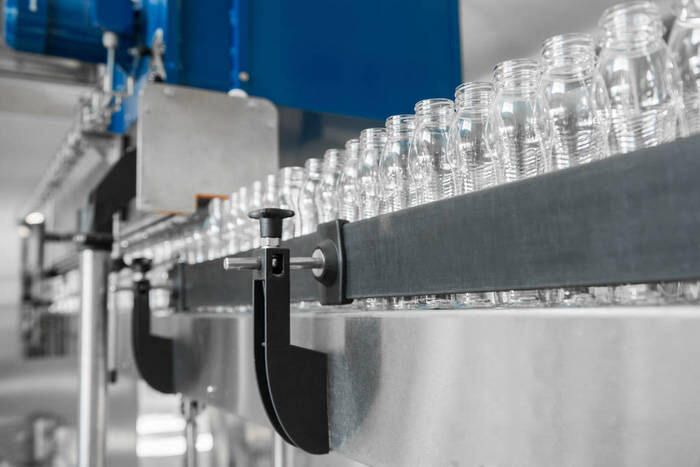gh4049 (gh49) rod is a nickel-based refractory high-temperature alloy. The alloy has good oxidation resistance below 1000°C and high high-temperature strength below 950°C. gh4049 (gh49) rod is a Ni-Co-Cr-based precipitation hardening deformed high-temperature alloy with a service temperature of less than 950°C. Compared with similar nickel-based alloys, this alloy has poor hot processing plasticity. However, after electroslag redissolution or vacuum arc redissolution, its processing plasticity can be improved, and the impact toughness of 1000℃~1170℃ is improved. 1~3 times.
Specifications |
In stock, can be customized according to customer requirements |
Form |
Bar |
Classification |
Superalloy |
Density(g/cm³) |
Melting point |
Room temperature resistivity |
Magnetic properties |
8.44 g/m3 |
1320℃-1390℃ |
ρ=1.36×10-6Ω?m |
- |
% |
C |
Cr |
Ni |
Co |
W |
Mo |
Al |
Ti |
Fe |
V |
B |
Ce |
Mn |
SI |
p |
S |
Cu |
Min |
0.04 |
9.50 |
|
14.0 |
5.0 |
4.50 |
3.70 |
1.40 |
|
0.20 |
|
|
|
|
|
|
|
|
0.10 |
11.0 |
Balance |
16.0 |
6.0 |
5.50 |
4.40 |
1.90 |
1.50 |
0.50 |
0.025 |
0.02 |
0.50 |
0.50 |
0.10 |
0.01 |
0.07 |
High-temperature alloysare also called superalloys. High-temperature alloy bars are used in a variety of industries that require extreme heat, corrosion resistance, and high strength. High-temperature alloy plates are used in several key areas, including:
1. Aerospace: High-temperature alloy plates are widely used in the aerospace industry for components operating under extreme conditions, such as jet engines, gas turbines, and rocket propulsion systems.
2. Power generation: High-temperature alloys are crucial for components such as blades, vanes, and combustion chambers.
3. Oil and natural gas industry: High-temperature alloys are used in the oil and natural gas industry for downhole equipment, wellhead components, and valves in drilling and production operations.
4. Chemical processing: High-temperature alloy plates are used in reactors, heat exchangers, valves, and other equipment that are in contact with corrosive chemicals at high temperatures.

The manufacturing process of stainless steel and alloys involves multiple steps to transform raw materials into flat,rectangular sheets or plates made of stainless steel and alloys. Here are a few key steps for stainless steel and alloys:

Molten stainless steel and alloys are cast into large ingots or billets through a casting process.

During the hot rolling process,the thickness of the steel ingot is gradually reduced and elongated to form long strips or coils.

Annealing involves heating stainless steel and alloys to a specific temperature and then slowly cooling it.

Cold rolling is carried out through rolling mills to reduce thickness to meet customer specifications.
Wuxi Walmay Metal Co,Ltd is a comprehensive processing group of Alloy Steel、Forged Parts Fitting、Titanium Alloy、Stainless Steel、Special Welding Wireseries, and more than 800 specifications.
Our group has been engaged in the domestic and global market for more than ten years with rich steel experience and can offer professional advice for customers inapplications with different materials.
Machine cutting
Sheet cutting
plasma cutting
Dynamic waterjet cutting
sawing
Plank leveling
polishing
laser cutting
laser cutting
production cutting
Long product cutting
Bar and structural cutting
polishing
Heat treatment and annealing: Wuxi Walmay Metal can heat treat certain 400 series stainless steels.
Material Reliability Identification (PMI): Wuxi Walmay Metal can complete this testing in-house.
Ut Testing: Ultrasonic testing (UT) uses high-frequency sound energy to inspect and measure stainless steel products.
Our professional sales team answers your questions within 24 hours.
Copyright © Wuxi Walmay Steel Co.,Ltd All Rights Reserved